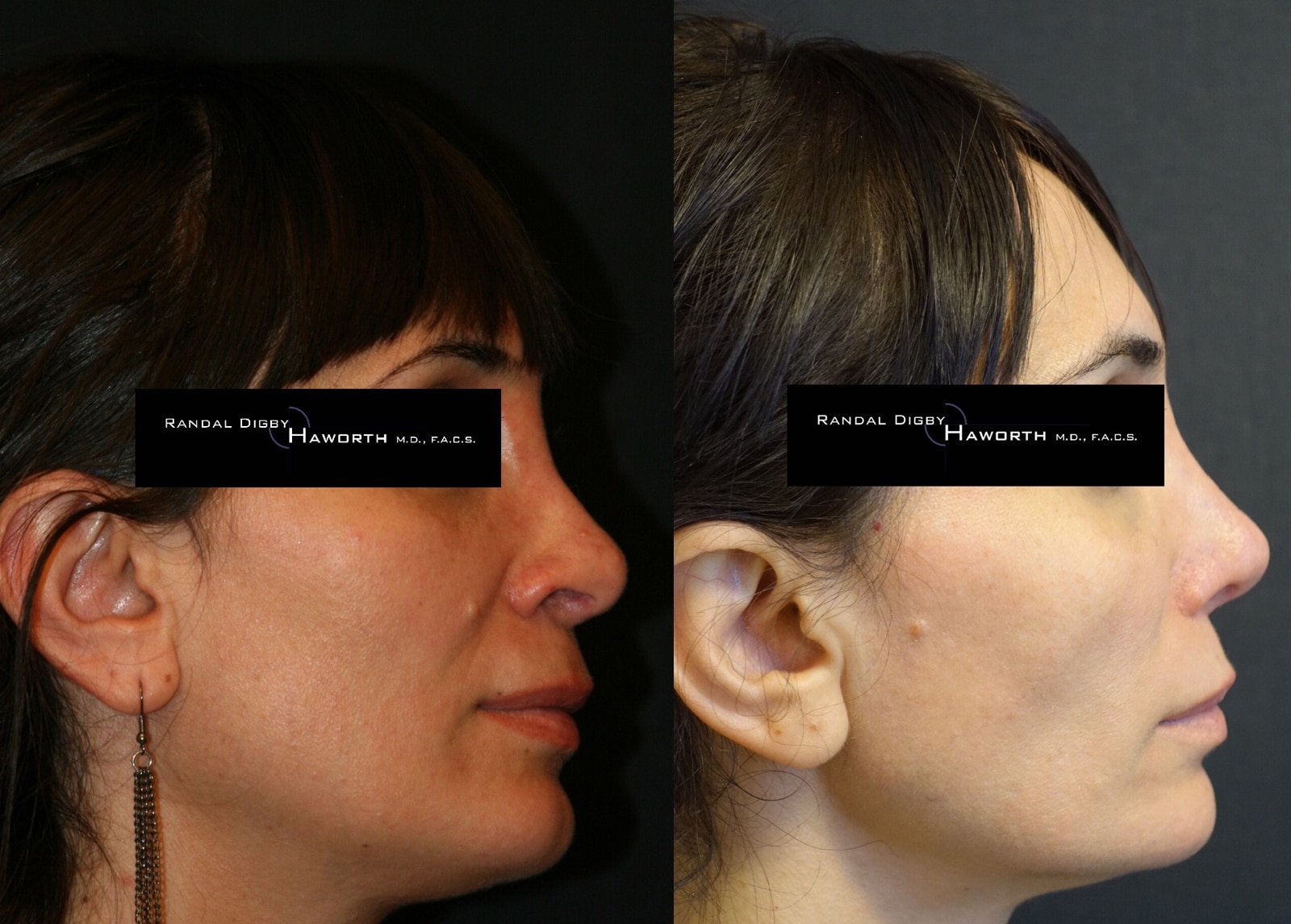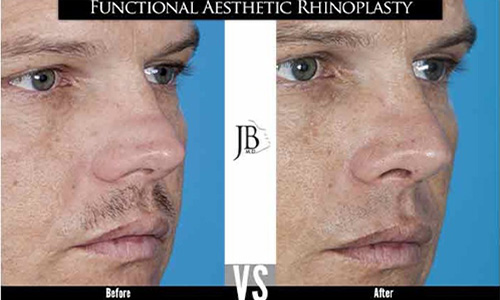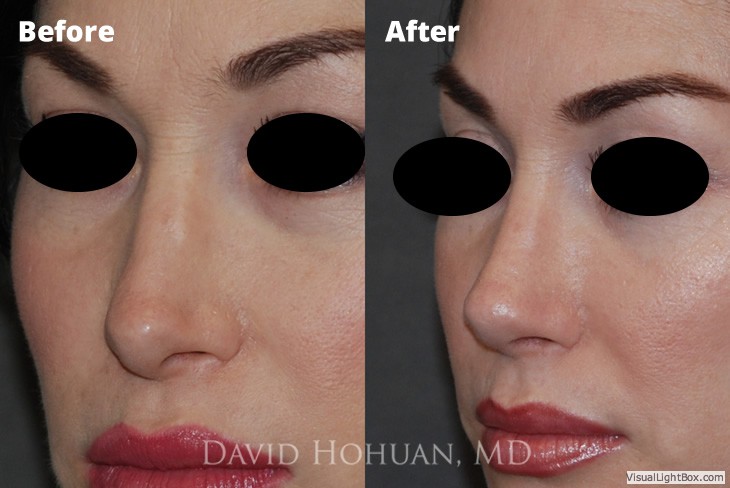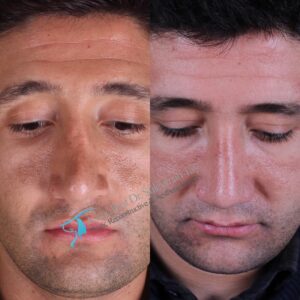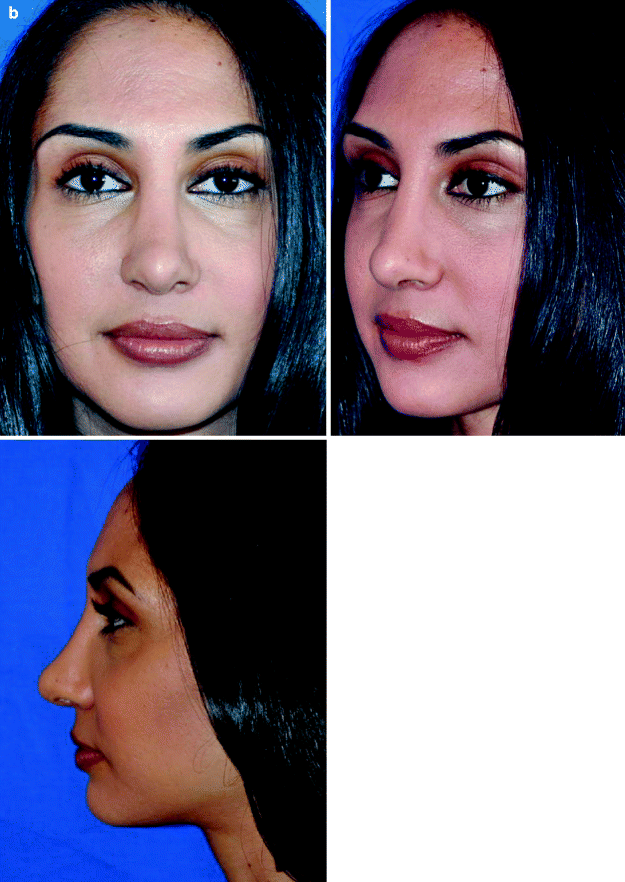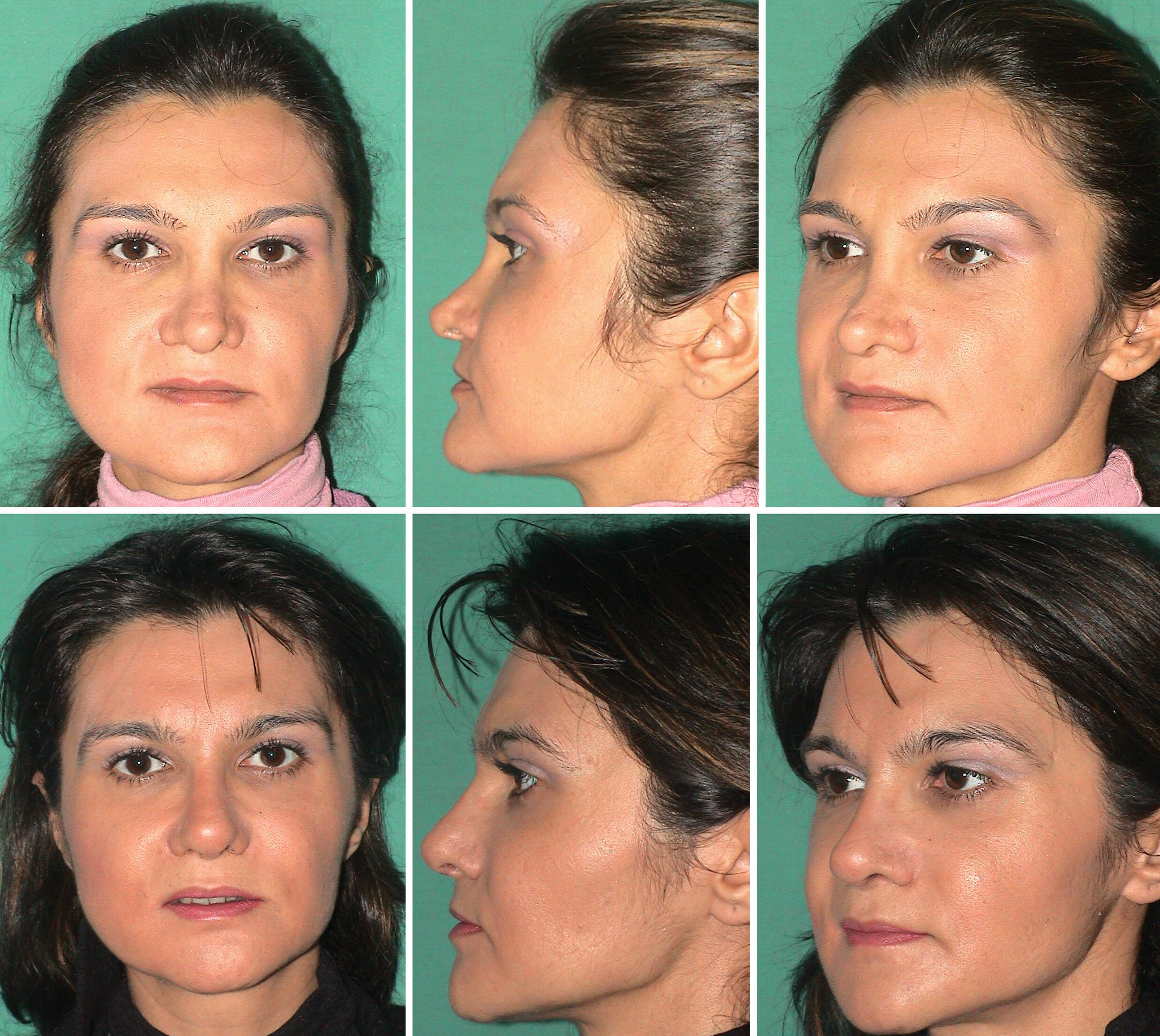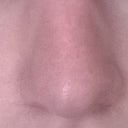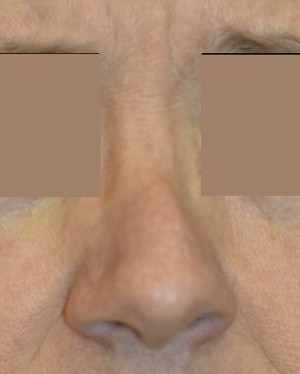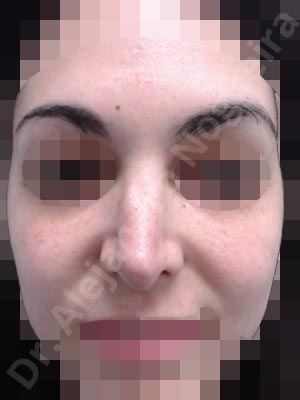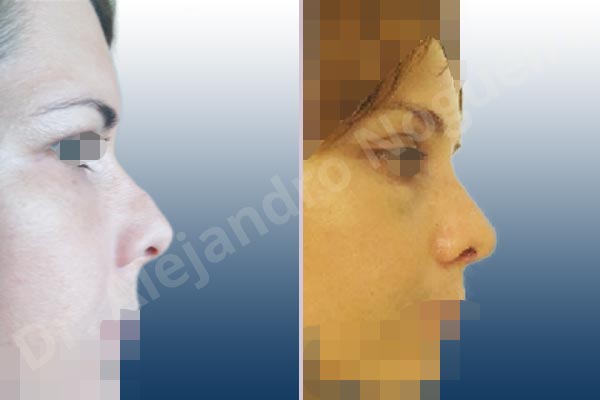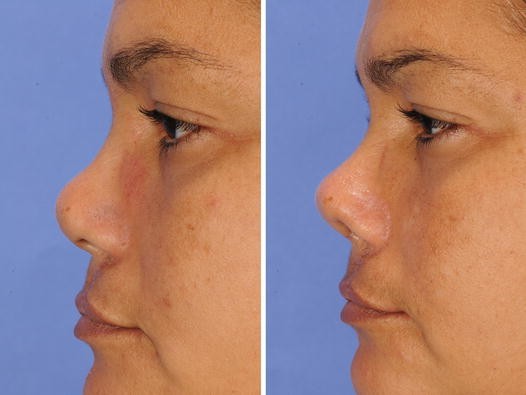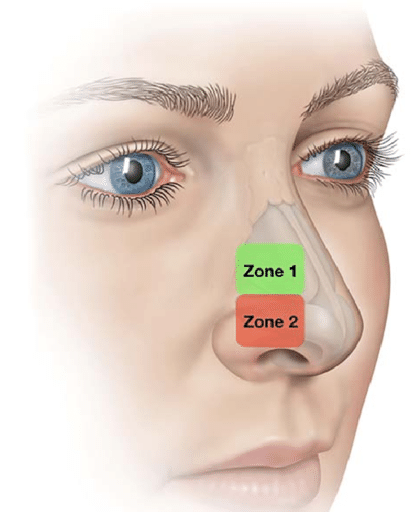In cases where a dorsal hump was removed but the nasal bones were not repositioned to close an open roof deformity osteotomies may help improve an inverted v deformity.
Inverted v vs open roof deformity.
An open roof deformity makes the nose appear excessively wide.
It basically means the bones of your upper nose become prominant and you get see them and it looks like the letter v upside down.
In addition dorsal grafting may improve the shape and contour irregularities associated with an inverted v deformity.
But eight months later a visible dent appeared in the bridge of her nose known as an open roof deformity.
This is an open roof deformity.
This refers to an upside down v shaped indentation between the end of the nasal bones and the start of the upper lateral cartilages along the top of the bridge.
Loss of dorsal septal support.
It depends on how low or high the nasal bones are positioned.
Osteotomies fractures may be necessary and on lay grafts may be.
It can happen when you cut the bone of the nose but not narrow it nbsp an inverted v is a bit more difficult to imagine.
Rizk is a double board certified new york facial plastic surgeon and is director of park avenue facial surgery pllc.
One of the most common issues present in patients seeking revision rhinoplasty is the inverted v deformity.
Ill vs well defined tip defining points b.
The short answer is yes fillers can be used to correct an inverted v deformity but new york city facial plastic surgeon sam rizk md facs typically prefers a surgical approach.
Inverted v deformity requires revision to apply spacer or spreader grafts plus the correction of the open roof deformity which requires revision to redo the osteotomies with better planning and skills or should they be missing simply finish the work.
Collapse inverted v midvault collapse allows outline of nasal bones to be seen inverted v saddlenose.
Infratip lobule broad.
How to correct it.
Open roof deformity wide flat bony vault.




